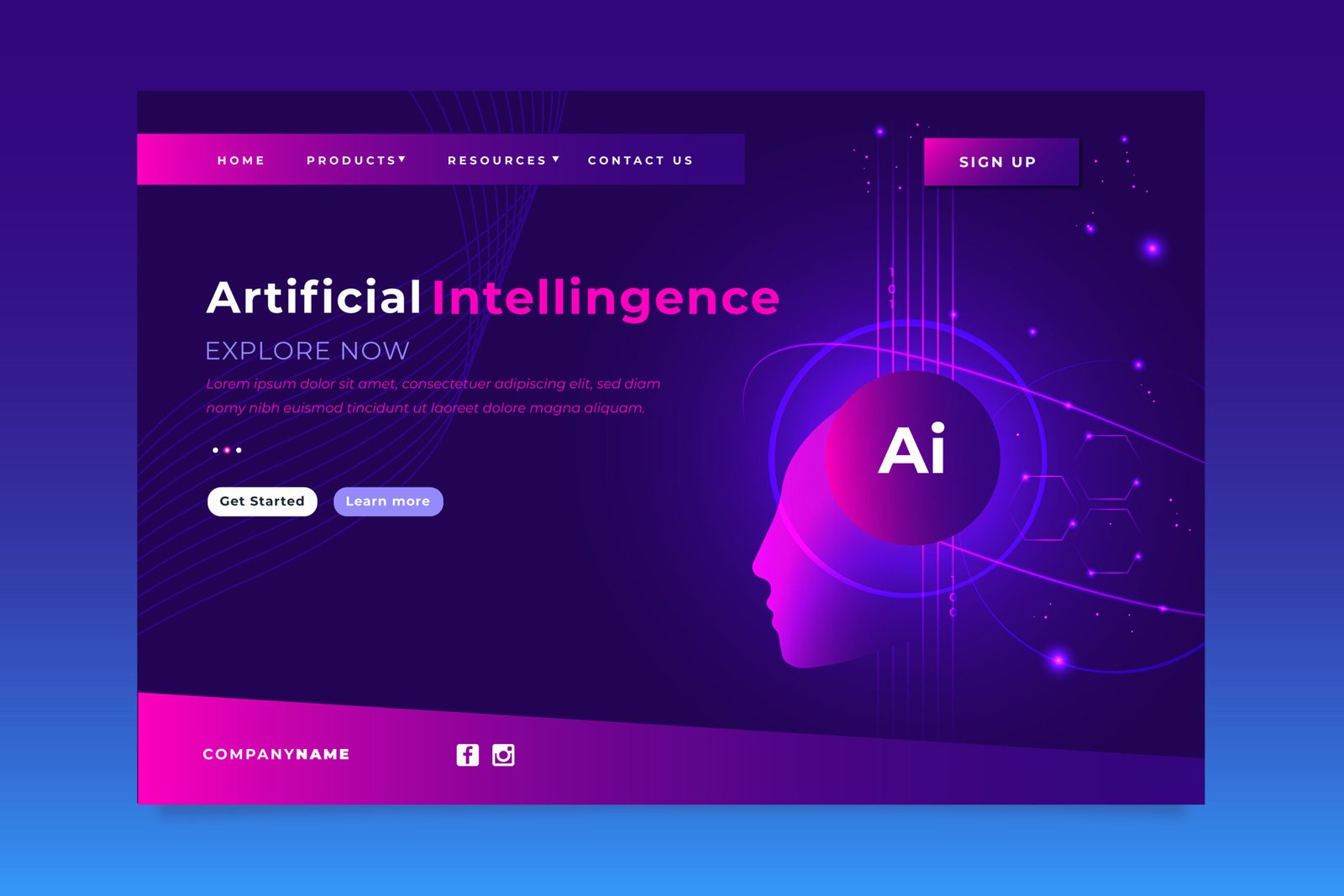An effective e-commerce site combines aesthetic appeal, functionality, and user experience to attract and retain customers. Here’s a comprehensive guide to designing a successful e-commerce website.
Understand your audience.
Before diving into design, it’s crucial to understand who your target audience is. Conduct market research to gather information about their preferences, shopping behaviours, and pain points. Knowing your audience helps tailor the site’s design and functionality to meet their specific needs.
Choose the right platform.
Selecting the right e-commerce platform is foundational. Popular options include Shopify, WooCommerce (for WordPress), Magento, and BigCommerce. Consider factors like scalability, ease of use, customization options and cost when choosing a platform.
Focus on User Experience (UX)
The user experience should be at the heart of your e-commerce design. A seamless, intuitive experience will encourage visitors to become customers.
Navigation
Simple and intuitive: Ensure that navigation is straightforward with a clear menu structure.
Search Functionality: Implement a powerful search bar that supports autocomplete and filters.
Breadcrumbs: Use breadcrumb navigation to help users keep track of their location within the site.
Load Time
Fast Loading: Optimize images, use efficient coding practices and leverage content delivery networks (CDNs) to ensure fast loading times. Slow websites can frustrate users and lead to high bounce rates.
Mobile Optimization
Responsive Design: Ensure your site is fully responsive, providing an optimal viewing experience across all devices. Mobile commerce is rapidly growing, so a mobile-friendly site is non-negotiable.
Design for aesthetics and branding
Visual Appeal
Clean Layout: A clutter-free design enhances usability and highlights key products.
High-Quality Images: Use high-resolution images and consider features like zoom and 360-degree views.
Consistent Branding: Maintain consistency with your brand’s colour scheme, typography and tone across the site.
Engaging Content
Product Descriptions: Write clear, compelling product descriptions highlighting features, benefits, and specifications.
Multimedia: Incorporate videos, tutorials, and user-generated content to enhance engagement.
Build trust and credibility.
Security
SSL Certificates: Ensure your site is secure with SSL certificates, which protect customer data and build trust.
Trust Seals: Display trust seals from reputable organizations to reassure customers of your site’s security.
Reviews and Testimonials
Customer Reviews: Allow and prominently display customer reviews and ratings.
Testimonials: Include testimonials and case studies to build credibility and trust.
Streamline the checkout process.
A complicated checkout process can lead to cart abandonment. Simplify the process with the following steps:
Guest Checkout
Guest Option: Allow customers to check out as guests without creating an account.
Minimal Steps
Fewer Steps: Minimize the number of steps required to complete a purchase.
Progress Indicator: Use a progress indicator to show customers how close they are to completing their purchase.
Payment Options
Multiple Methods: Offer a variety of payment options, including credit cards, PayPal, and other digital wallets.
Implement effective SEO strategies.
An e-commerce site must be optimized for search engines to attract organic traffic.
Keyword Research
Targeted Keywords: Conduct keyword research to identify relevant, high-traffic keywords for your products.
On-Page SEO
Meta Tags: Optimize title tags, meta descriptions and headers with targeted keywords.
URL Structure: Use clean, descriptive URLs.
Content Marketing
Blog: Maintain a blog to provide valuable content, engage with your audience, and improve SEO.
Internal Linking: Use internal linking to guide visitors to relevant pages and improve site navigation.
Continuous testing and improvement
E-commerce design is not a one-time task. Continuously test and refine your site to improve its performance.
A/B Testing
Test Variations: Regularly conduct A/B testing on key elements like call-to-action buttons, product pages, and checkout processes to identify what works best.
Analytics
Track Metrics: Use analytics tools to track user behaviour, conversion rates, and other key metrics.
Iterate Based on Data: Make data-driven decisions to optimize the site continually.
Designing an e-commerce website involves a blend of art and science. By focusing on the user experience, maintaining aesthetic consistency, ensuring security, streamlining the checkout process, implementing robust SEO strategies, and continuously testing and improving, you can create a successful e-commerce platform that meets your business goals and satisfies your customers. Remember, the key to a great e-commerce site is putting the customer at the center of your design and development process.








